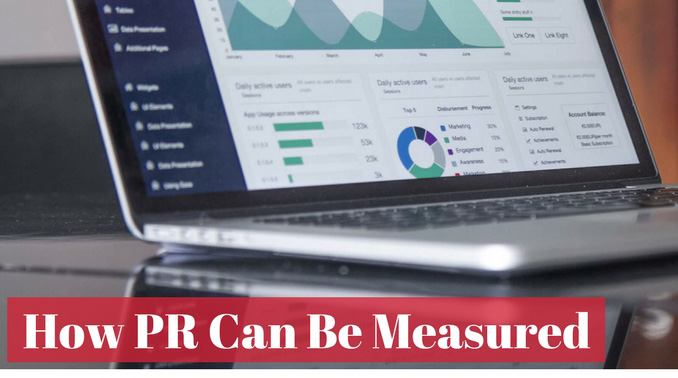
How PR can be measured
Unlike Marketing or Advertising, which have clear, measurable ‘tick-box’ outputs and results, PR is considered by many as ‘fluffy’. A common misconception is that it’s

Unlike Marketing or Advertising, which have clear, measurable ‘tick-box’ outputs and results, PR is considered by many as ‘fluffy’. A common misconception is that it’s
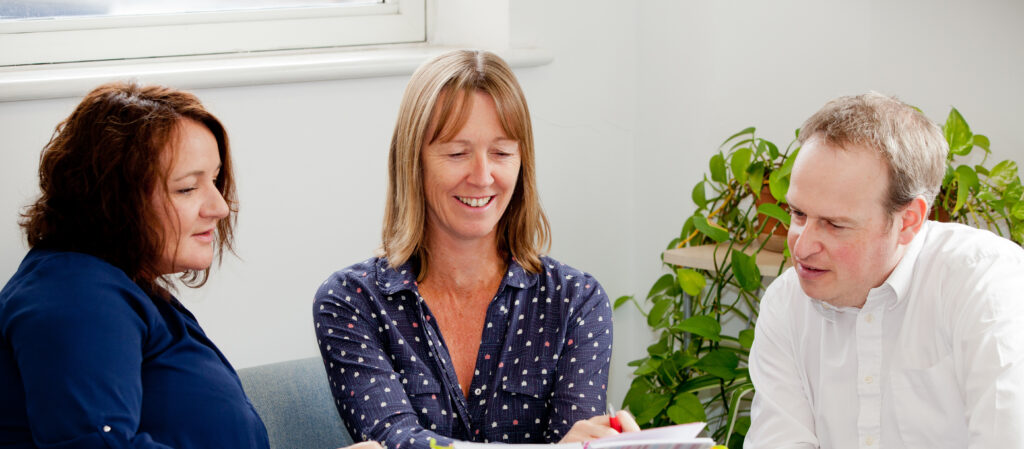
No More Stuffing Envelopes! PR isn’t what it used to be. Traditional PR and its methods are still relevant, print is still in high demand,

Since its inception, PR has involved managing and enhancing the reputation of an organisation to its target audience via influencers such as key stakeholders, partners,
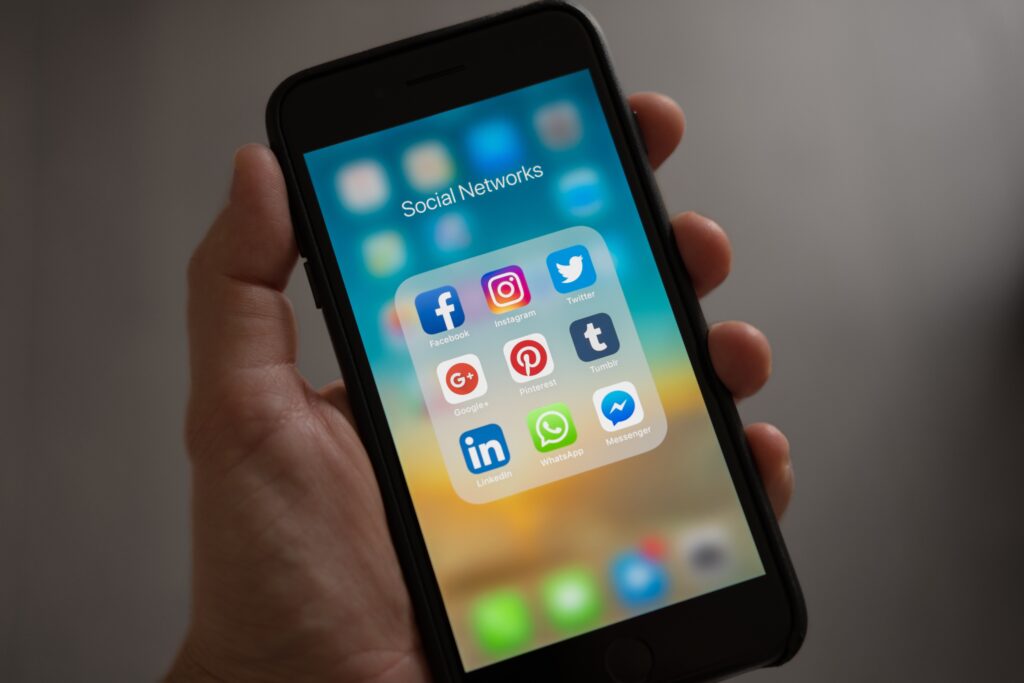
On Monday, the popular British cosmetics brand Lush announced on Twitter, Facebook and Instagram that they would be “switching up social”. The brand will be shutting down its LushUK accounts as well as Lush Kitchen, Lush Times, Lush Life, Soapbox and Gorilla. This dramatic shift comes from the brand being “tired of fighting with algorithms” and that it does “not want to pay to appear in your newsfeed.”
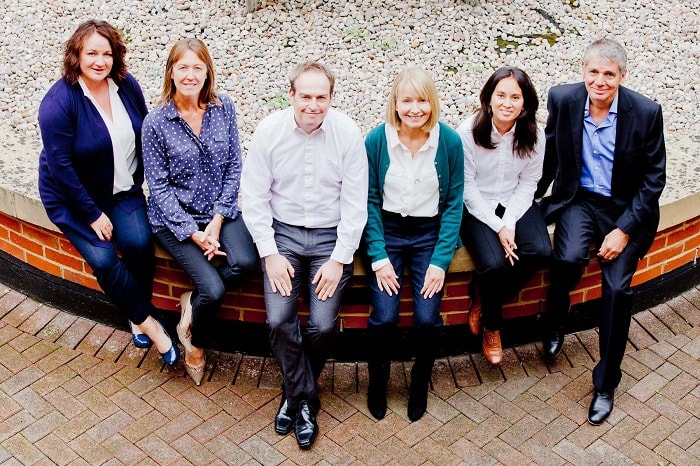
Now justice has prevailed will Jack Doyle and Robbie Graham receive the reward offered by undercover cop representative of Duke of Buccleuch and endorsed by
Call us now to discuss your PR & Marketing needs
01483 537 890
Alternatively, email us at
hello@brookscomm.com
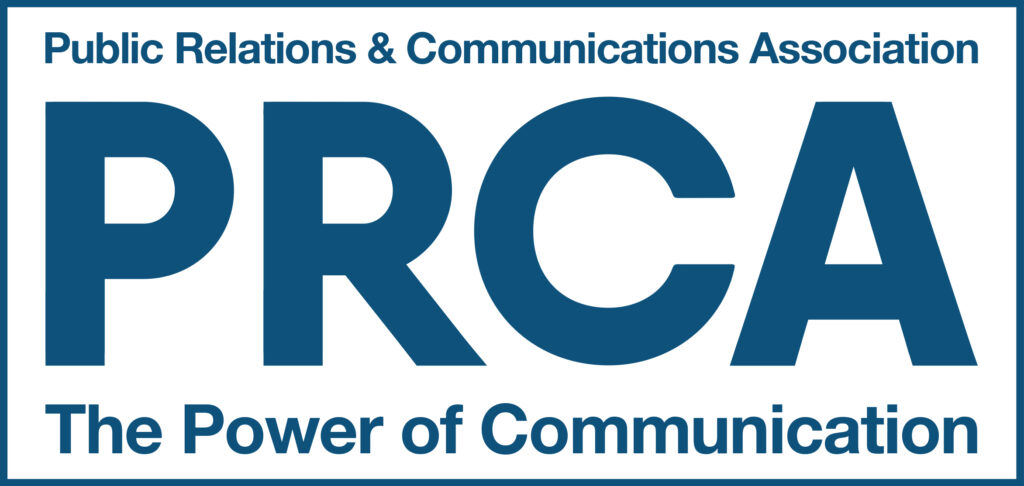


Michael is our lead for digital marketing and responsible for developing strategic marketing
Michael is our lead for digital marketing and responsible for developing strategic marketing
Michael is our lead for digital marketing and responsible for developing strategic marketing that brings together communications and brand content across paid, earned, shared and owned media for brookscomm and its clients.
As a commercially astute professional with over 25 years of experience in marketing and PR, Michael uses an analytical approach to assess and optimise campaigns to meet KPIs. He is a digital advertising expert, planning and managing successful, cost-efficient campaigns on platforms such as Amazon, Google, Facebook, LinkedIn and Twitter.
A talented and adaptable writer, Michael produces clear marketing briefs and customer centric marketing and PR content across various formats, helping the business to deliver its integrated services.
Michael is committed to continuous development, earning professional and postgraduate digital marketing diplomas. He was also previously a committee member of the Surrey CIM (Chartered Institute of Marketing).